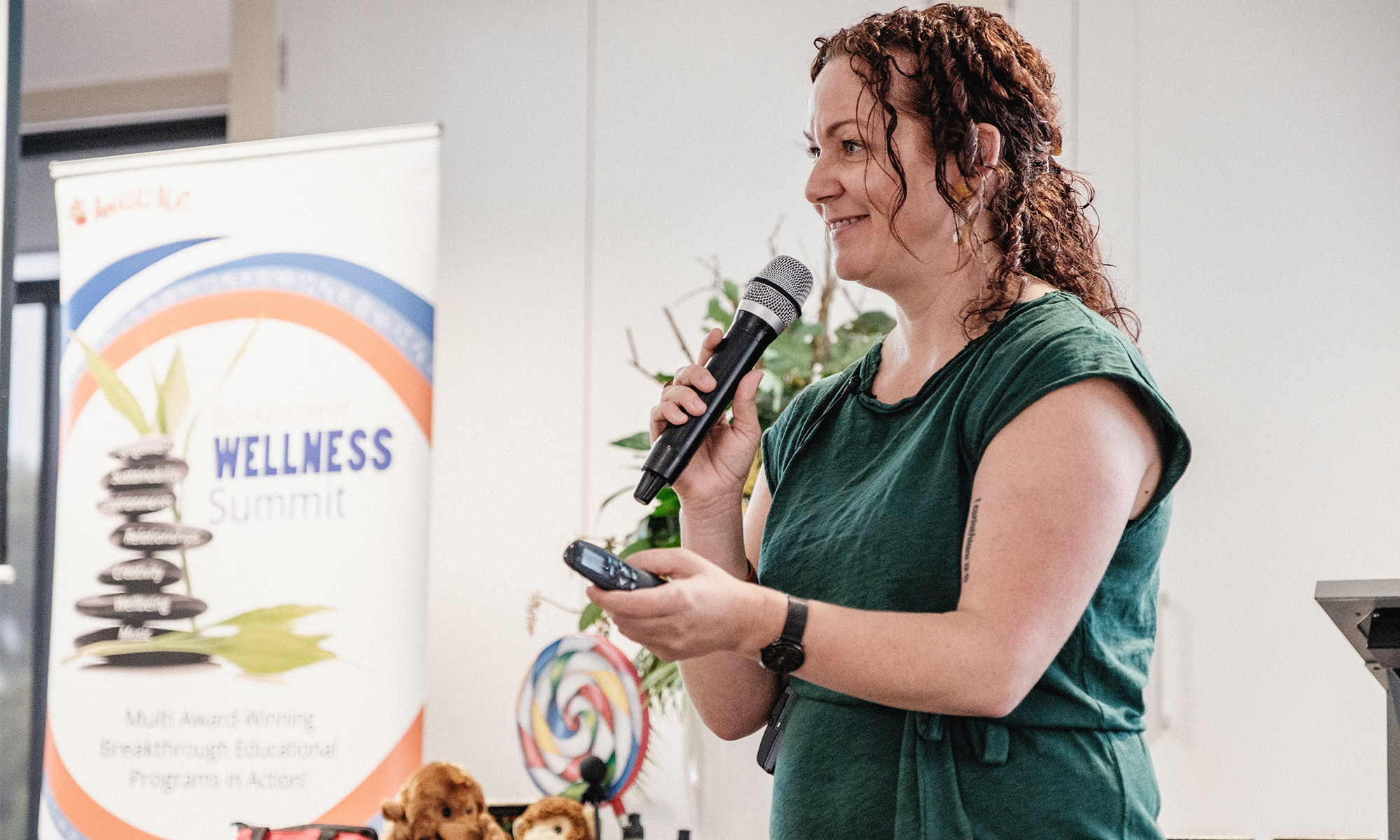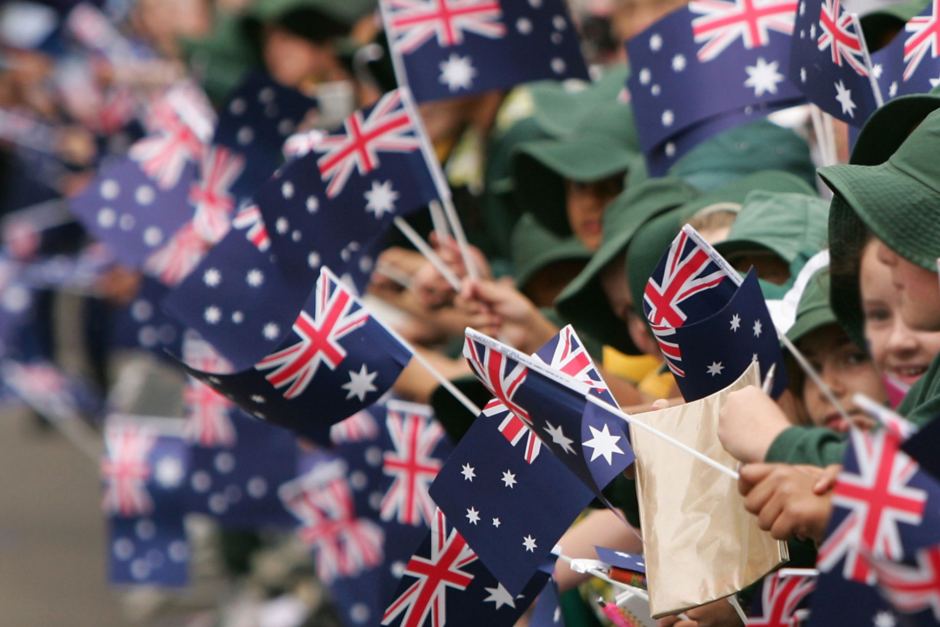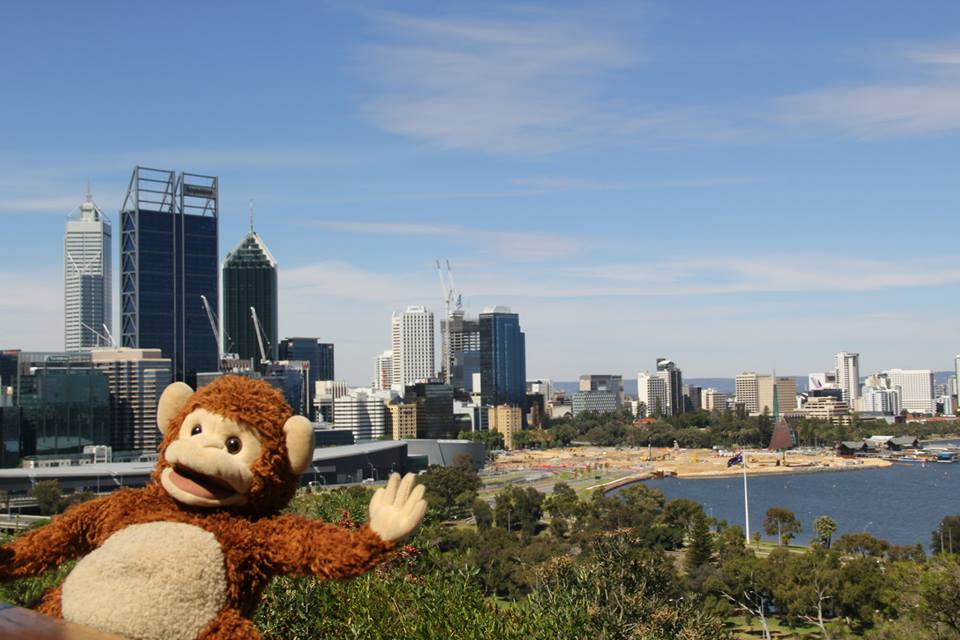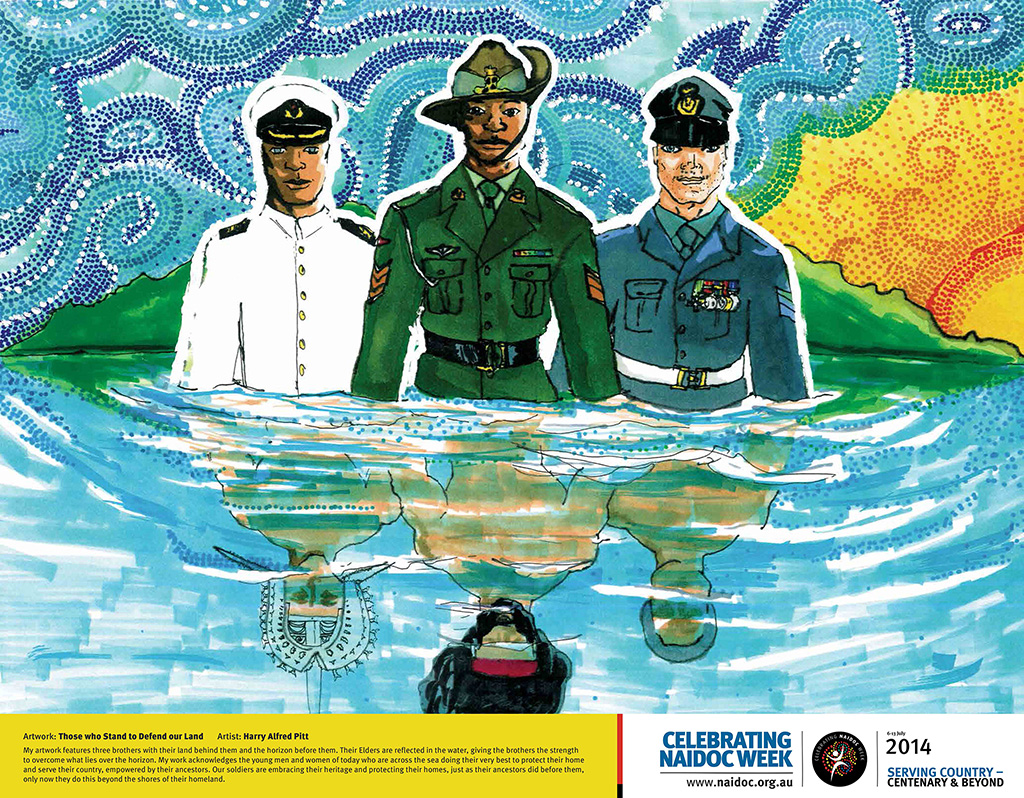Australia Day is often associated with the public holiday, fireworks and the beach, but when it comes to our early childhood educational services, Australia Day can be a special opportunity to celebrate this great country.
To mark the occasion this year, we’ve come up with four avenues for you to explore and offered some ideas and activities for your service to include or for parents to utilise at home.
Diversity
Australia Day is a great day to talk about diversity and multiculturalism – ask children what they know about Australia and all its unique people. Use this opportunity to discuss the fact that despite us all being so different in so many ways, we are all Australia and there is respect and a sense of belonging for everyone.
Geography
Break out the map of Australia and talk about the different areas across this huge country. Open children’s minds to the big, wide world – or in this case, the big, wide island that is Australia! Maps can be great fun to turn into an art project as children cover the country in different colours and textures – this further represents the diversity and uniqueness of the country and all its people.
Art
Speaking of art, what better way to go about celebrating Australia Day and its people than doing some beautiful cave drawings, inspired by Indigenous Australia. Handprints, fingerpainting or dot art depicting kangaroos, boomerangs and the desert landscape can be insightful activities.
Music
The national anthem isn’t the only Aussie song we can break out to mark Australia Day… Kids might prefer the fun of singing classics like Kookaburra Sits in the Old Gum Tree or Home Among the Gum Trees (maybe just the chorus as it’s a long one!).
As always, we love to see everyone’s creative ways of incorporating the cultural calendar into your services – please do share with us on Facebook or by commenting here on the blog.
Try these resource-packed links that may be useful to you in planning your Australia Day celebrations:
http://australiaday2015messages.com/australia-day-2015-artwork-crafts-activities-project-with-pics/
http://www.fleetcare.com.au/news-info/news/fun-facts-about-australia-day.aspx
http://www.australiaday.org.au/events/
P.S.
Don’t forget to incorporate some Aussie food – lamingtons are always a winner!





